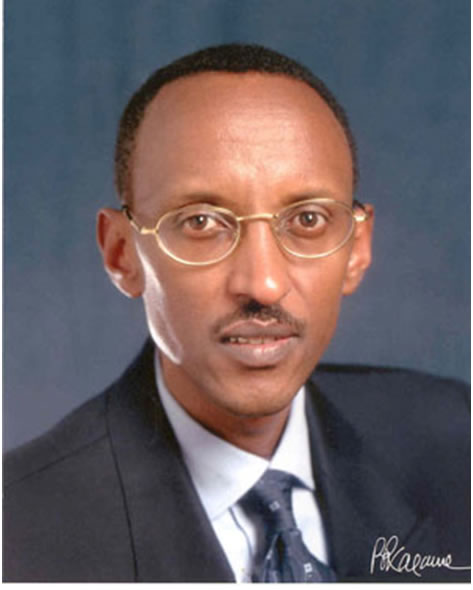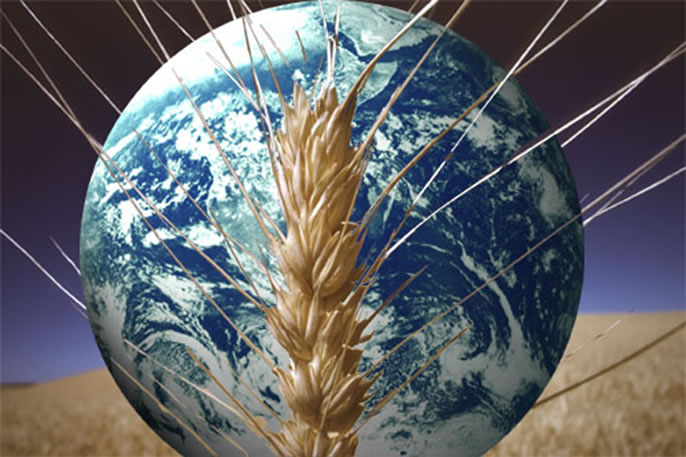 South Africa is the economic powerhouse of Africa, leading the continent in industrial output and mineral production and generating a large proportion of Africa’s electricity.
South Africa is the economic powerhouse of Africa, leading the continent in industrial output and mineral production and generating a large proportion of Africa’s electricity.
The country has abundant natural resources, well-developed financial, legal, communications, energy and transport sectors, a stock exchange ranked among the top 20 in the world, and a modern infrastructure supporting efficient distribution of goods throughout the southern African region.
South Africa has a world-class and progressive legal framework. Legislation governing commerce, labour and maritime issues is particularly well developed, and laws on competition policy, copyright, patents, trademarks and disputes conform to international norms and conventions.
The country’s financial systems are sophisticated and robust. The banking regulations rank with the best in the world, and the sector has long been rated among the top 10 globally.
Not only is South Africa itself an important emerging economy, it is also the gateway to other African markets. The country plays a significant role in supplying energy, relief aid, transport, communications and investment on the continent. Its well-developed road and rail links provide the platform and infrastructure for ground transportation deep into Africa.
Until the global economic crisis hit South Africa in late 2008, economic growth had been steady and unprecedented. According to Statistics South Africa, GDP rose by 2.7% in 2001, 3.7% in 2002, 3.1% in 2003, 4.9% in 2004, 5% in 2005, 5.4% in 2006, 5.1% in 2007 and 3.1% in 2008.
From the first quarter of 1993 to the second quarter of 2008, the country enjoyed an unprecendented 62 quarters of uninterrupted economic growth. But as the crisis made itself felt, GDP contracted in the third and fourth quarters of 2008, officially plunging the economy into recession. This contraction continued into the first and second quarters of 2009, with GDP growth at -6.4% and -3% respectively.
South Africa’s economy has been completely overhauled since the advent of democracy in the country in 1994. Bold macroeconomic reforms have boosted competitiveness, growing the economy, creating jobs and opening South Africa up to world markets.
Over the years these policies have built up a rock-solid macroeconomic structure. Taxes have been cut, tariffs dropped, the fiscal deficit reined in, inflation curbed and exchange controls relaxed.
Economic growth and prudent fiscal management have seen South Africa’s budget deficit (the difference between the government’s total expenditure and its total receipts, excluding borrowing) drop dramatically, from 5.1% of GDP in 1993/94 to 0.5% in 2005/06 – the second-lowest fiscal deficit in the country’s history after the 0.1% reached during the gold boom in 1980.
In 2006/07, the country posted its first ever budget surplus, of 0.3%.
Consumer inflation came in at under 5% from 2004 through 2006 before global prices pushed it up to 6.5% in 2007. In 1994 it stood at 9.8%.
Despite lower taxes across the board, the upbeat economy, improved tax compliance and a steadily improving tax and customs administration have seen government revenue surging, hitting R475.8-billion in 2009/10 over three times the figure for 2006/07.
Credit ratings
Over a decade of comprehensive institutional reform and sound economic management have also been rewarded with improved sovereign credit ratings, implying less risk for investors and cutting the cost of capital for the country’s public and private sector borrowers.
South Africa’s credit ratings have steadily improved since 1994, with the last upgrade from Standard & Poor’s, Moody’s and Fitch all coming in 2005. The agencies all cited the country’s improved economic stability, reduced vulnerability to external shocks, moderate debt burden, and strong and stable political institutions.
In 2006, Moody’s and Fitch indicated that the upward trend was likely to continue, revising the outlook on SA’s ratings from stable to positive. Fitch said the change in outlook reflected South Africa’s improved growth performance and prospects as a result of rapidly rising public and private investment and ongoing micro-reforms in the economy.
In addition, the country has seen a substantial improvement in its already sound public finances and strong external balance sheet.”
The biggest immediate threat to South Africa’s continued economic growth is a capacity constraint that has arisen precisely because of the country’s strong economic performance in recent years.
This growth, coupled with the rapid industrialization and mass electrification programme of the last decade, finally led, in January 2008, to demand for electricity outstripping supply.
The resulting power cuts prompted the government to move quickly to address the crisis. The response plan includes spending about R343-billion over five years to fund a new generation of power stations, as well as a raft of measures to reduce residential and industrial demand.
Ratings agencies Standard & Poor’s and Fitch said in January 2008 that the electricity shortage was not seen as an immediate threat to SA’s investment-grade credit rating, but could become an issue if it sharply curbed economic growth.
The International Monetary Fund (IMF), in its 2007 annual country assessment, noted that South Africa’s economy was “undergoing its longest expansion on record, and in recent years has experienced elevated growth in an environment of rapid credit expansion, booming asset prices, strengthening public finances, and rising international reserves financed by large capital inflows.”
At the same time, the IMF expressed concerns about the country’s current account deficit and inflation rate.
The IMF report also identified the long-standing issue of unemployment as one of the biggest challenges to economic growth in the country, along with poverty, large wealth disparities and a high incidence of HIV/Aids.
But the report also came out in support of the SA authorities’ approach to these problems, with policies aimed at raising economic growth in a stable economic environment and initiatives to reduce unemployment and improve social conditions.
The IMF said this strategy could be bolstered by labour market reforms and further trade liberalisation.
Key to overcoming the challenges identified by the IMF will be the economic integration of South Africa’s previously disadvantaged majority. South Africa’s economy has a marked duality, with a sophisticated financial and industrial economy having grown alongside an underdeveloped informal economy.
While SA’s financial and industrial “first economy” has an established infrastructure and economic base with great potential for further growth and development, its informal “second economy” presents both untapped potential and a developmental challenge for the country.


